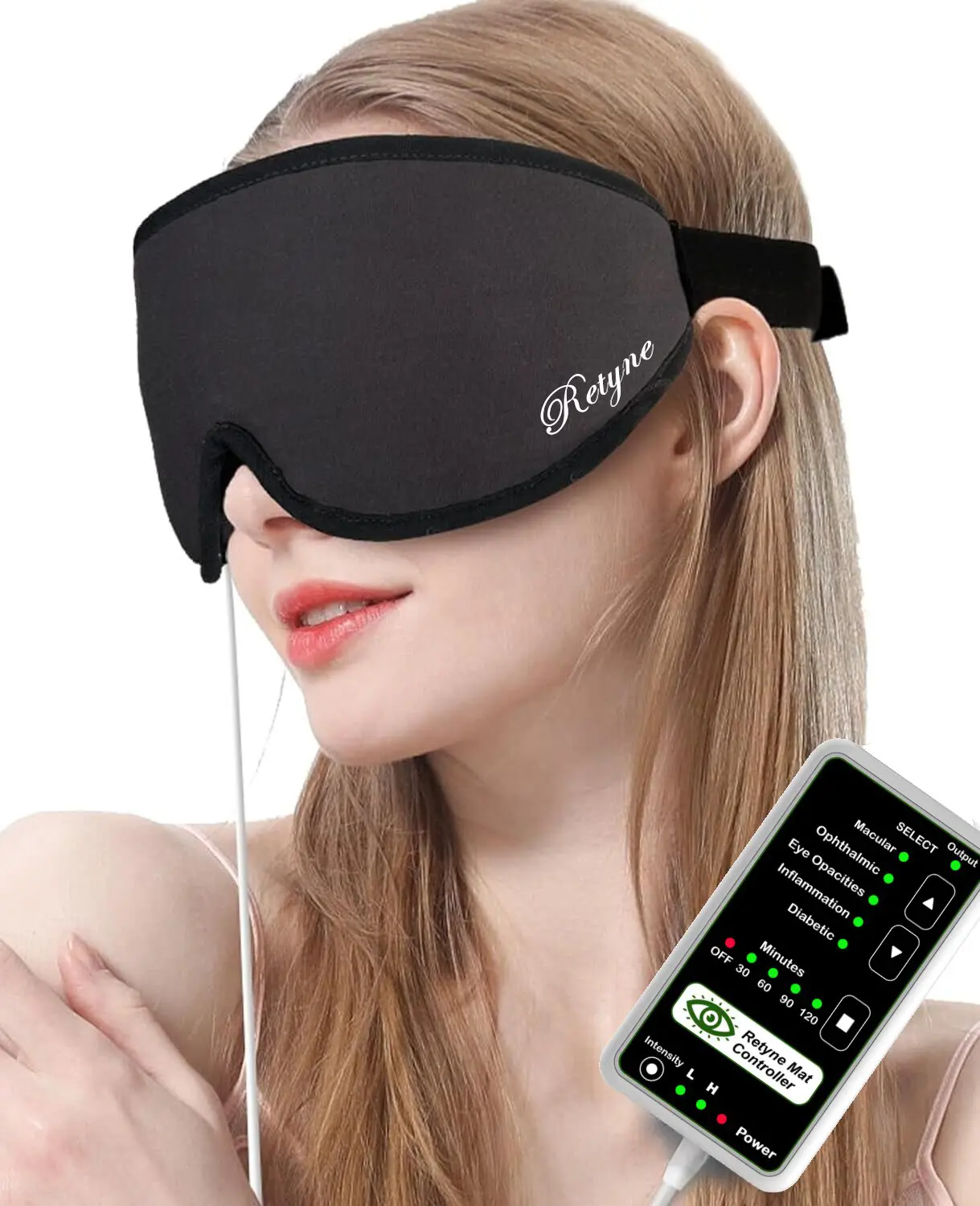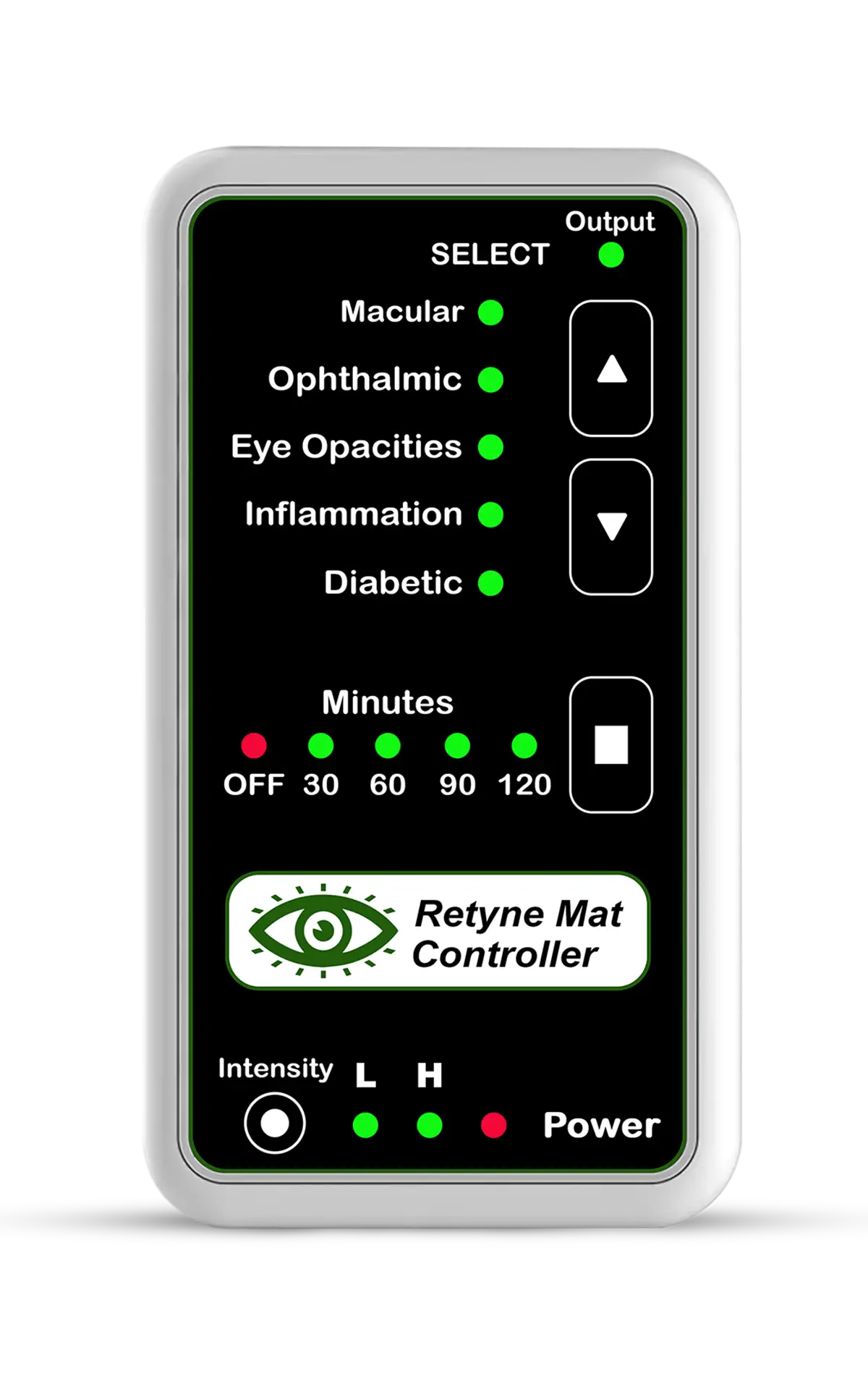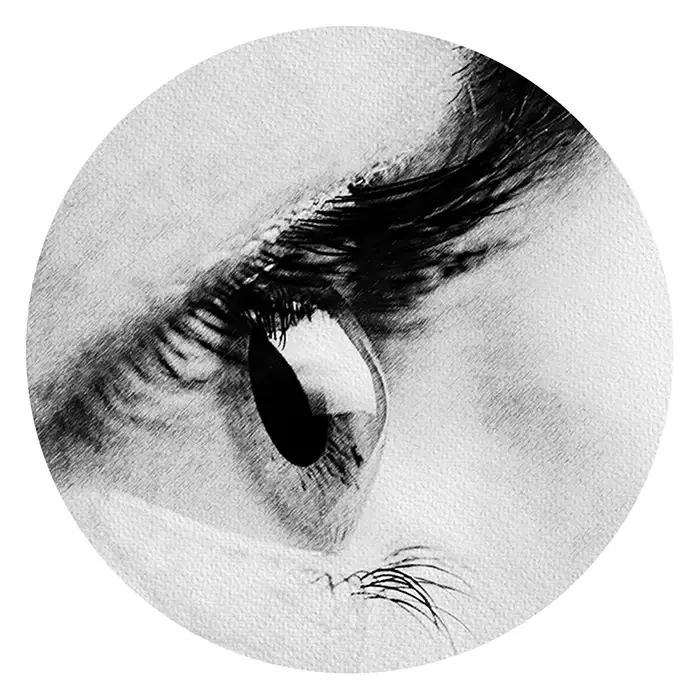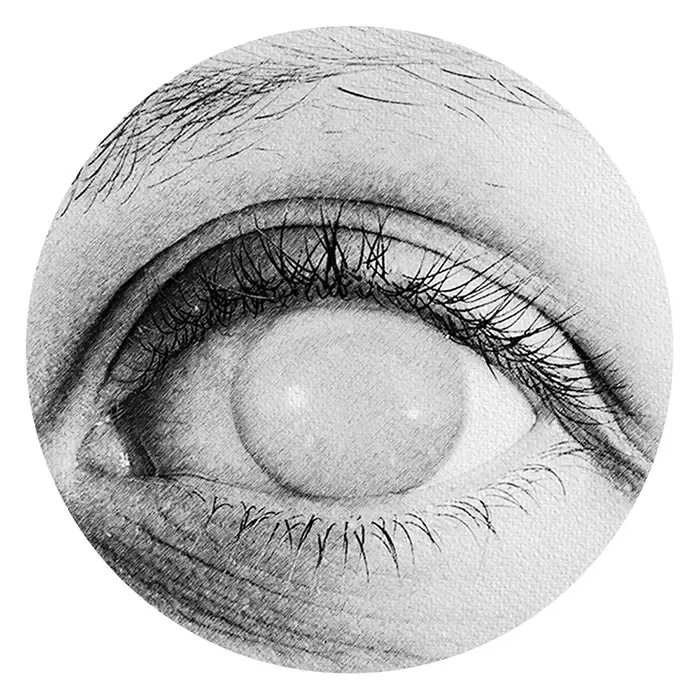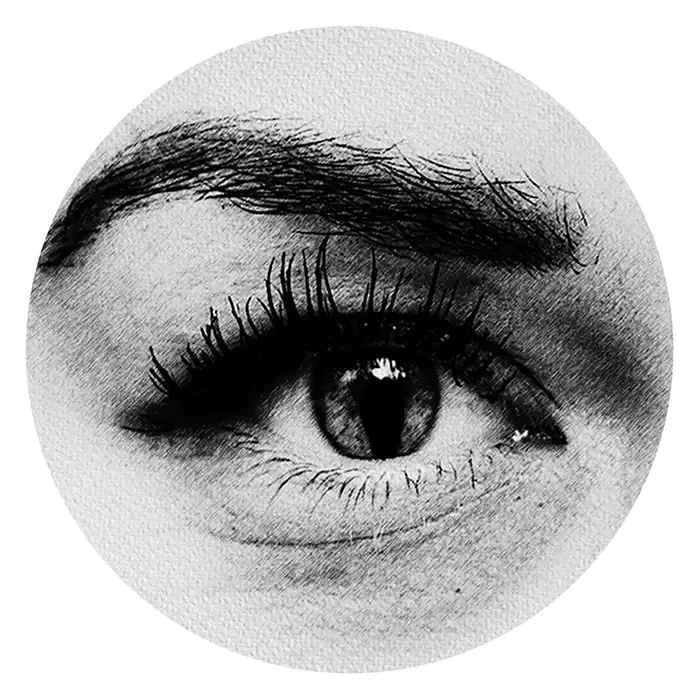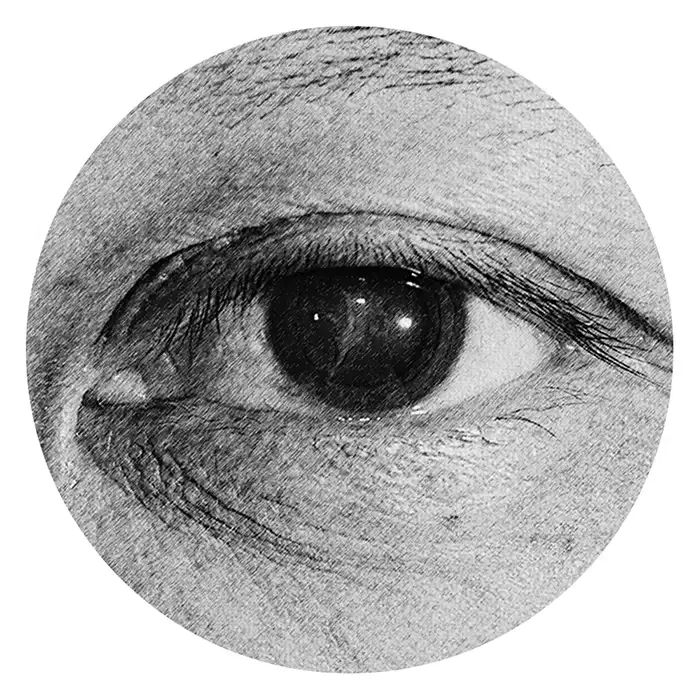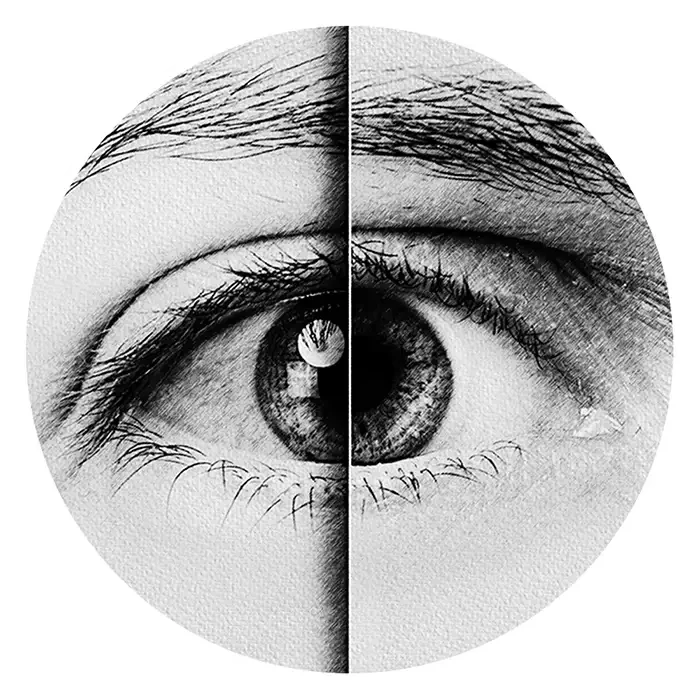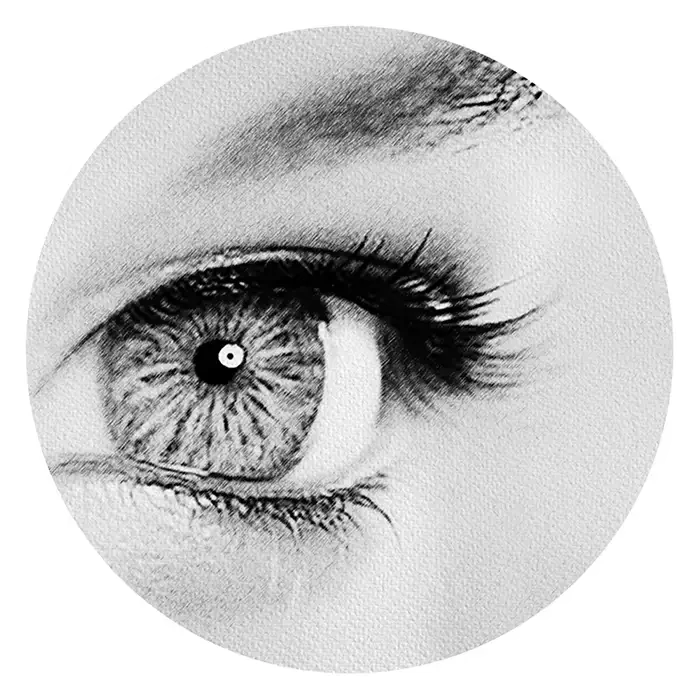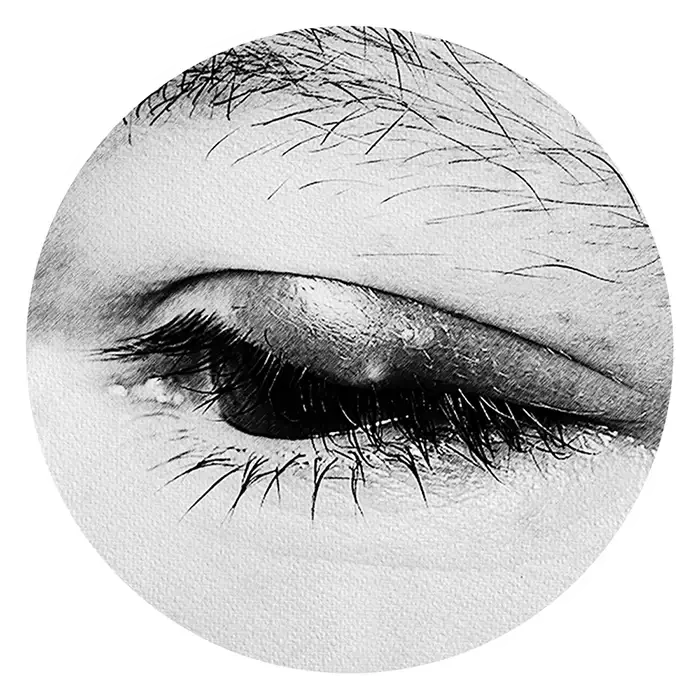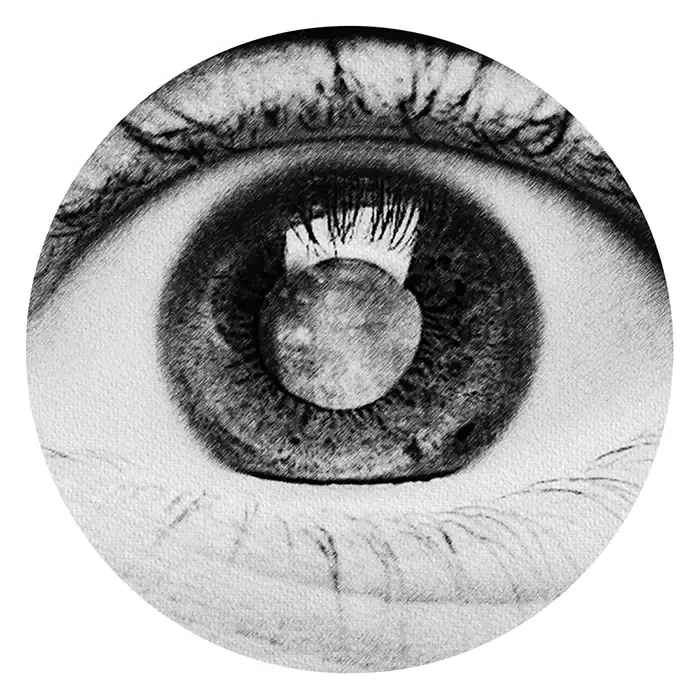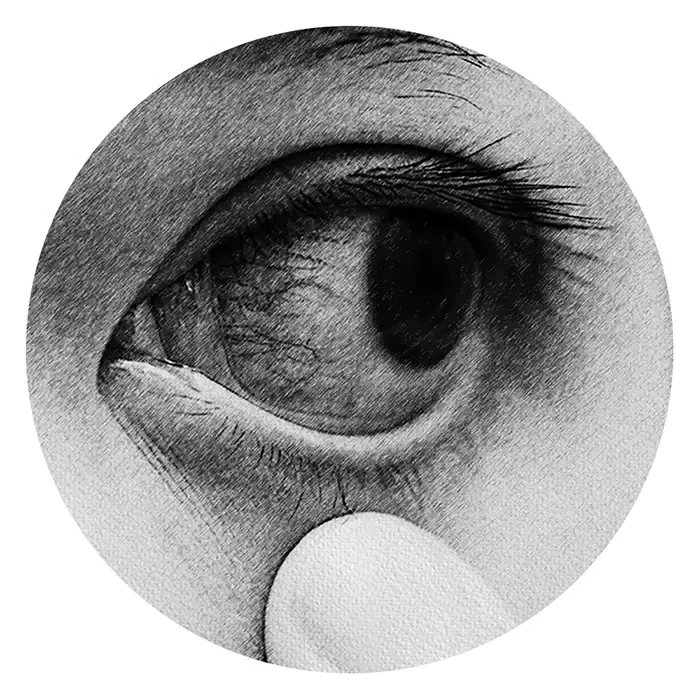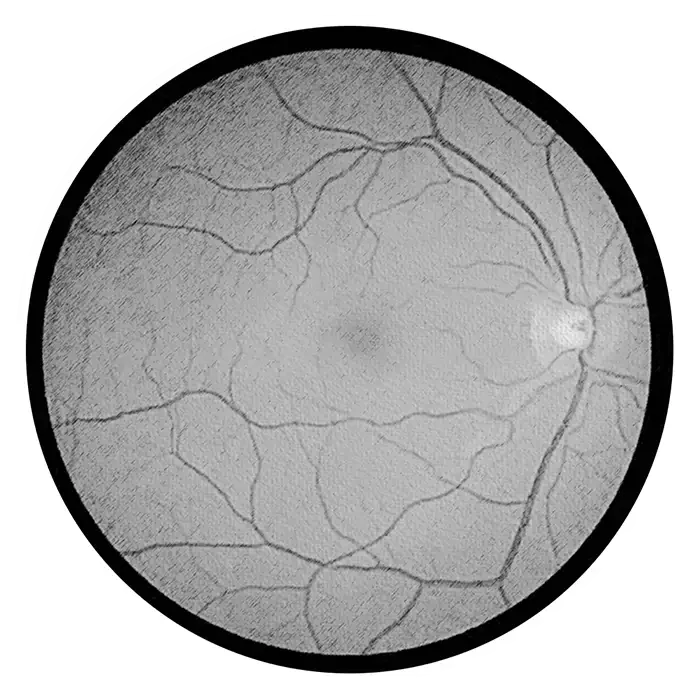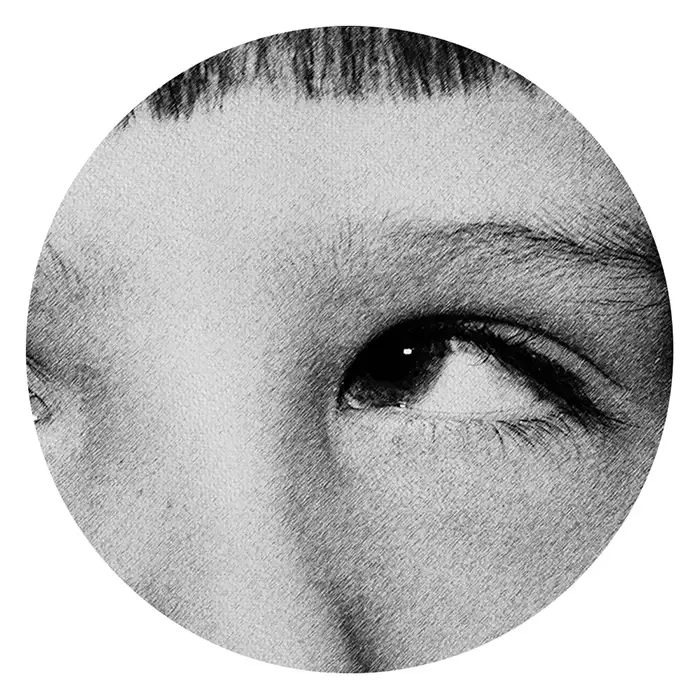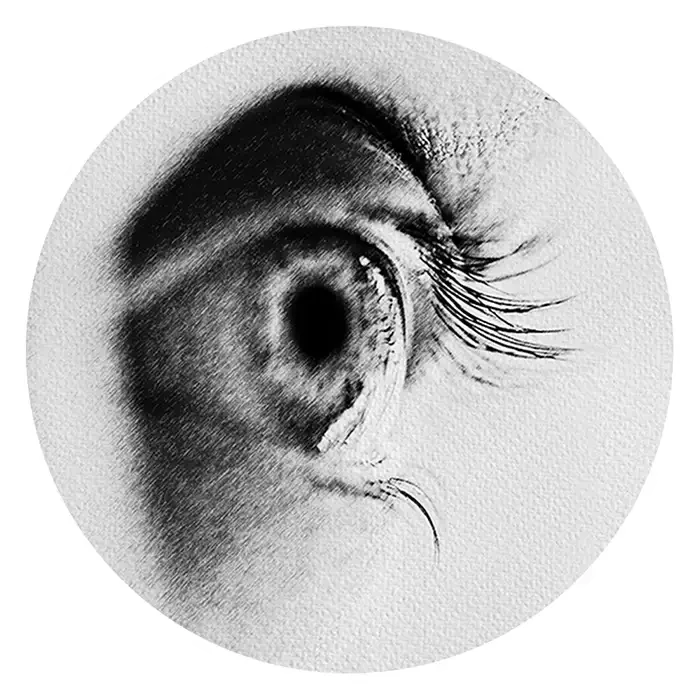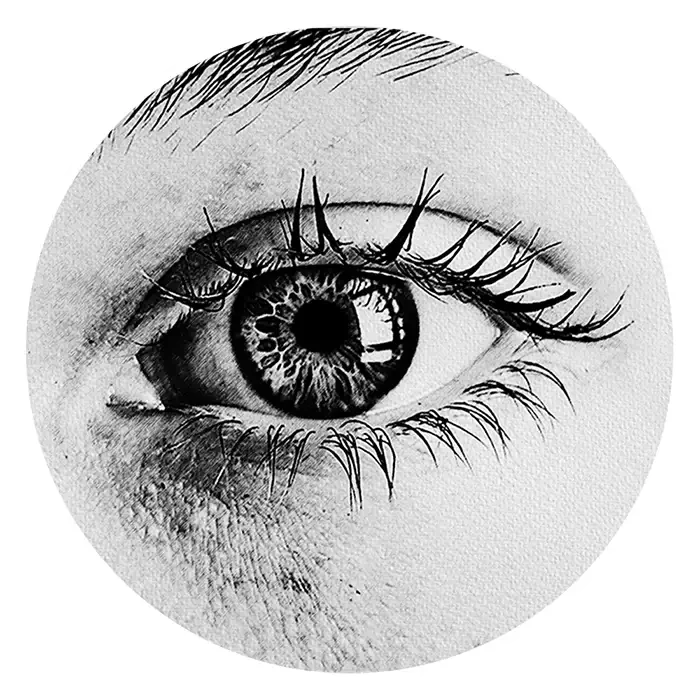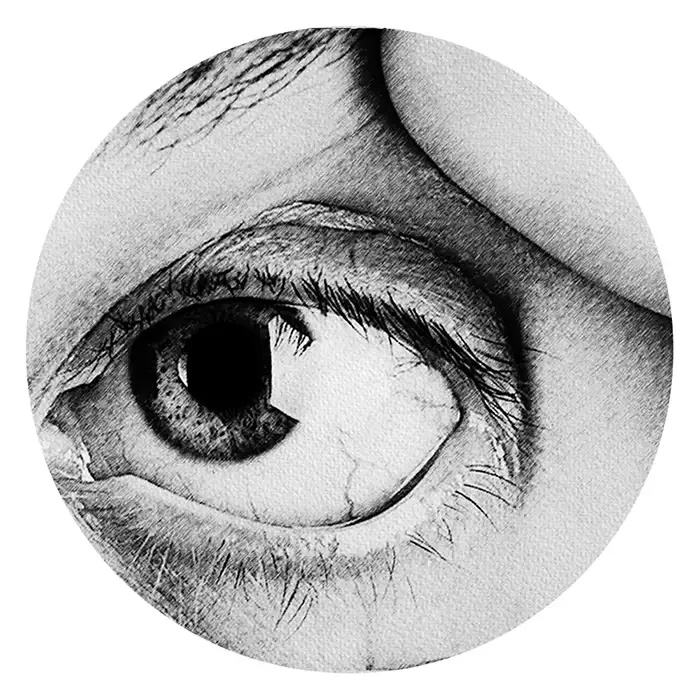Lazy Eye and the Potential of Infrared Light Therapy for Treatment
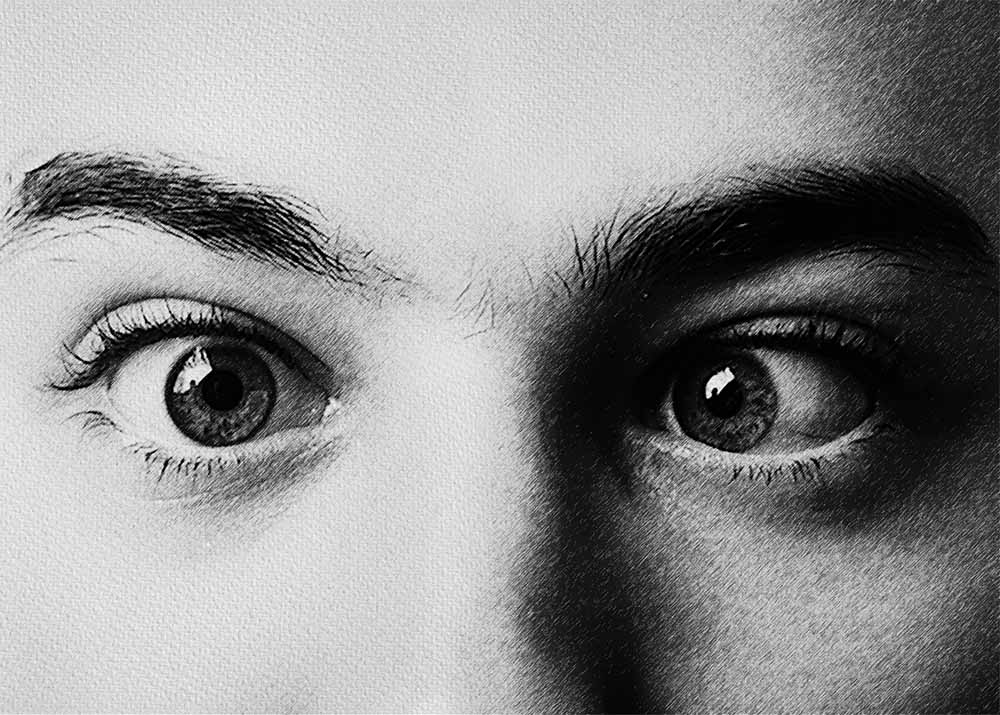
Lazy Eye, also known as Amblyopia, is a vision disorder characterized by reduced vision in one eye that cannot be fully corrected with lenses. This condition typically occurs during childhood and is often associated with factors such as Amblyopia (misaligned eyes), refractive errors (such as nearsightedness, farsightedness, or astigmatism), or unequal focusing of the eyes due to differences in visual acuity. There are several types of amblyopia, including strabismic amblyopia, which occurs when the eyes are misaligned, refractive amblyopia, resulting from unequal refractive errors between the two eyes, and deprivation amblyopia, caused by visual deprivation or obstruction in one eye during critical periods of development.
Diagnosis of amblyopia involves a comprehensive eye examination by an ophthalmologist, including visual acuity testing, assessment of eye alignment and movement, and evaluation of refractive errors. Additional tests such as ocular coherence tomography (OCT) or magnetic resonance imaging (MRI) may be conducted to assess the structure and function of the visual pathways in the brain. Early detection and intervention are crucial for the successful treatment of amblyopia, as the brain's ability to adapt and improve vision decreases with age.
The Retyne Infrared Eye Treatment Mask offers a potential therapeutic option for managing the symptoms of amblyopia. Program #4 on the Retyne controller delivers invisible infrared light therapy directly to the affected eye, targeting muscle relaxation and promoting visual development in the amblyopic eye. By utilizing infrared light therapy, the Retyne mask aims to stimulate neural pathways and enhance visual processing in individuals with amblyopia, helping to improve visual acuity and binocular vision. This non-invasive approach provides a comfortable and effective option for addressing the underlying visual deficits associated with amblyopia, complementing traditional treatments such as patching, vision therapy, or corrective lenses.
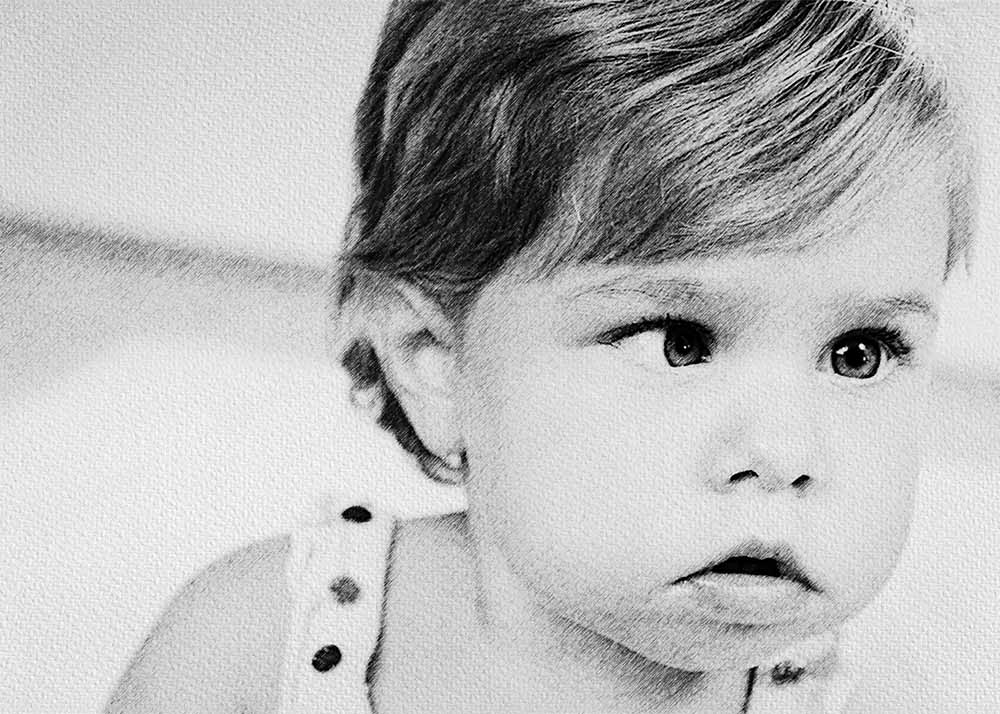
Through the utilization of program #4 on the Retyne controller, the Retyne mask delivers targeted infrared light therapy to the affected eye, offering potential improvement in visual function for individuals with amblyopia. By harnessing the power of invisible infrared light, Retyne's innovative approach promotes neural plasticity and visual rehabilitation, helping to overcome the limitations of amblyopia and optimize visual outcomes. Further research and clinical studies are necessary to fully evaluate the efficacy and long-term benefits of infrared light therapy in the management of amblyopia, but early evidence suggests that the Retyne Infrared Eye Treatment Mask holds promise as a valuable therapeutic tool in this context.
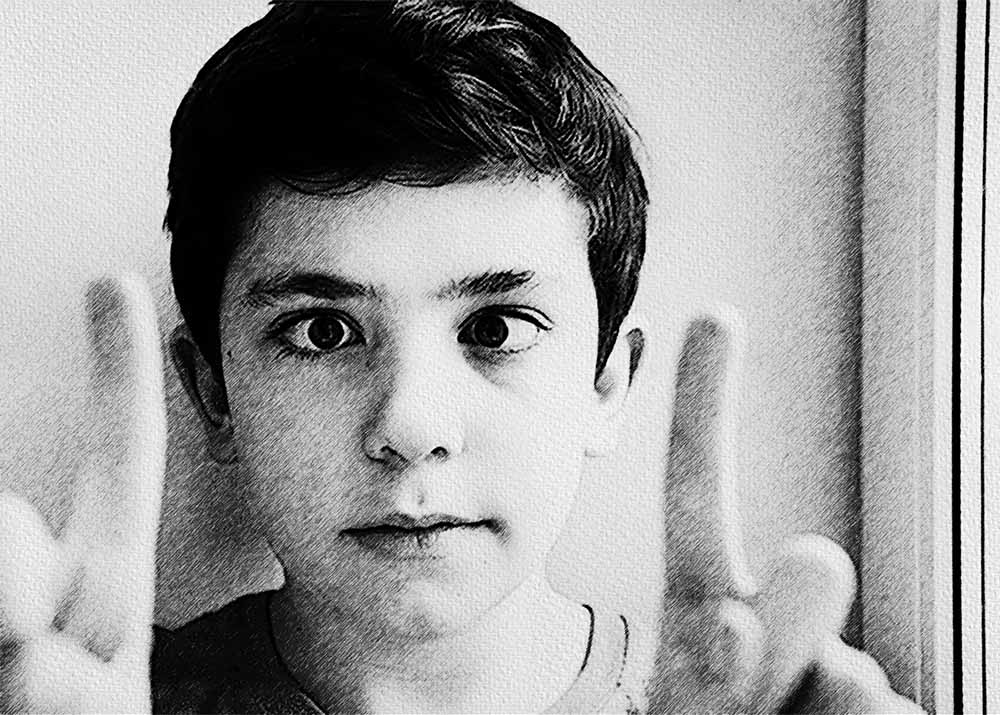
Moreover, for those utilizing advanced hardware such as the RDPV4, a secondary set of specific frequencies for Amblyopia (0.05, 0.7, 2.5, 67.5, 125.05, 322.06, 347.35, 655.2, 752.63, 924.37 ) is available. The RDPV4 offers an expanded range of frequencies, finely calibrated to provide even greater precision in addressing Lazy Eye. By incorporating this secondary set of frequencies, the RDPV4 elevates the potential therapeutic benefits of the Retyne eye Treatment Mask, catering to individuals seeking advanced solutions for their visual health needs.
Lazy Eye General Group exists at program 1233: 0.06, 0.5, 0.87, 12.85, 27.5, 141, 301.23, 453.02, 783.4, 825.03
Lazy Eye Specific Group exists at program 89: 0.05, 0.7, 2.5, 67.5, 125.05, 322.06, 347.35, 655.2, 752.63, 924.37
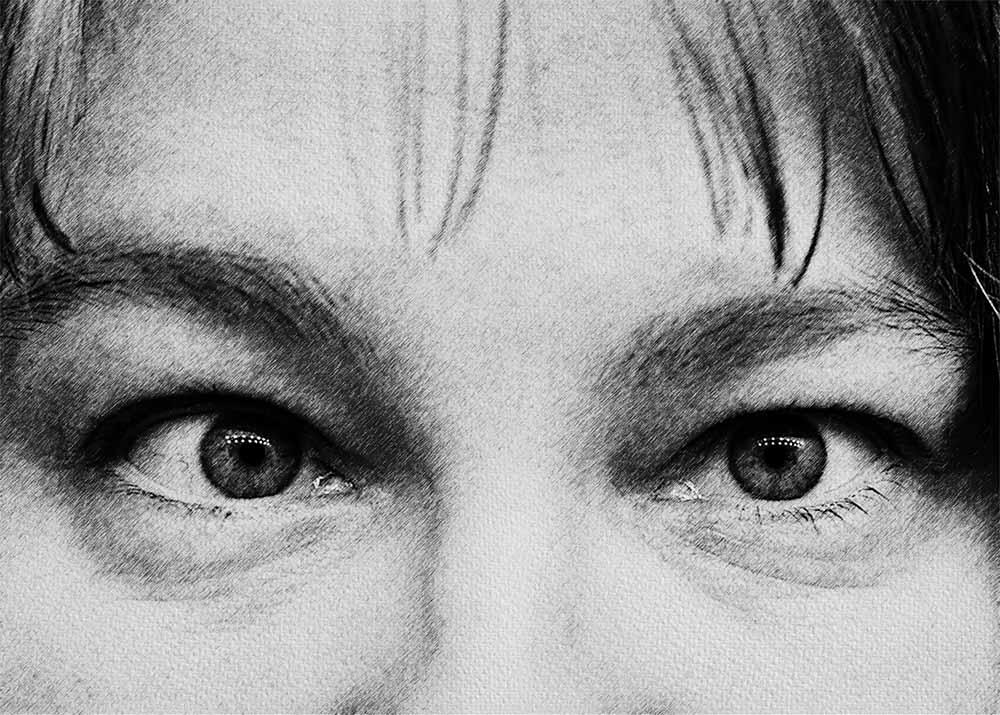
Compatibility
Standalone controller (Program #4) (Controller shipped with Retyne Eye Treatment Mask)
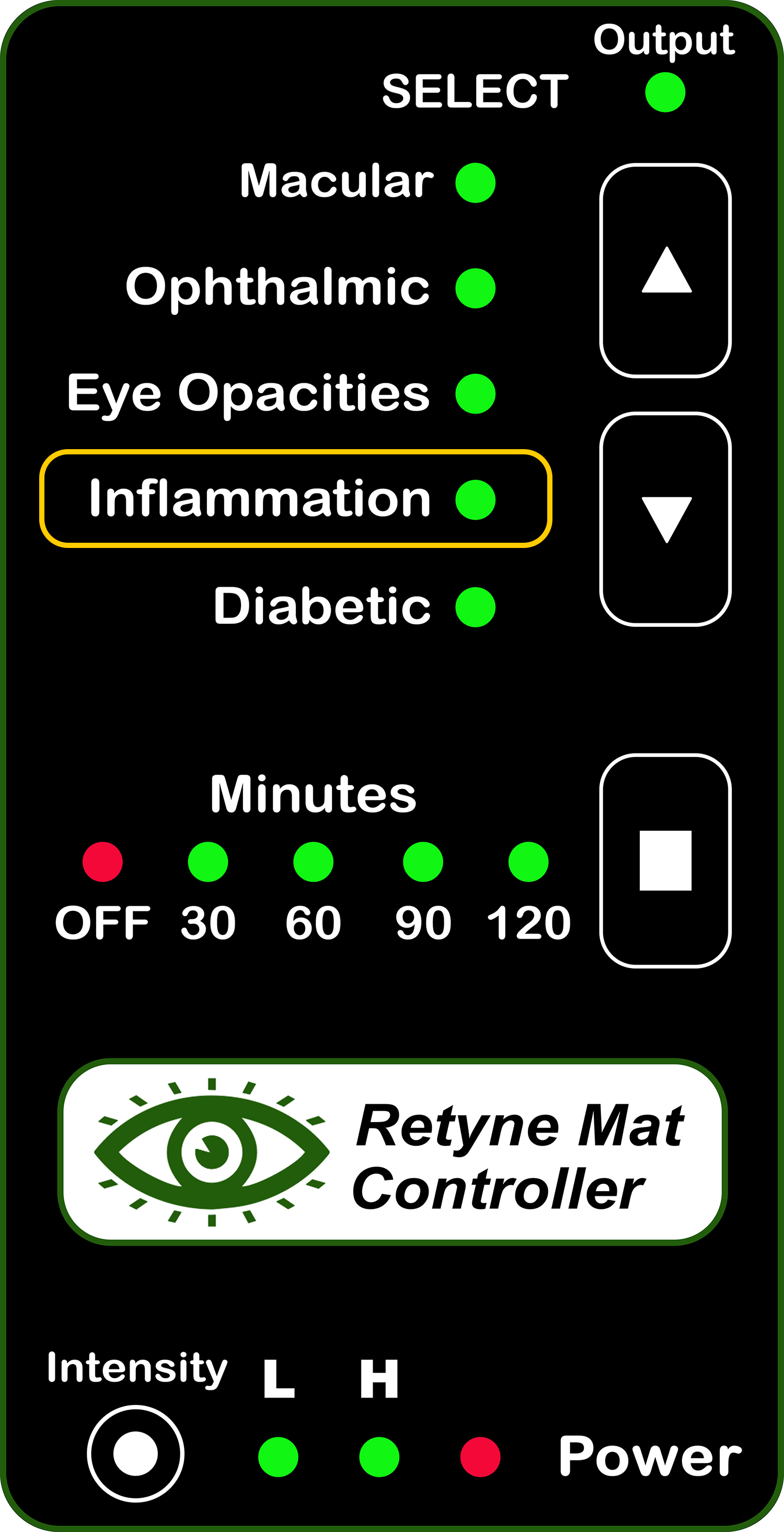
RDPV4 (Direct connect, use group 89)
RDPV4 Light Mask Program button 4
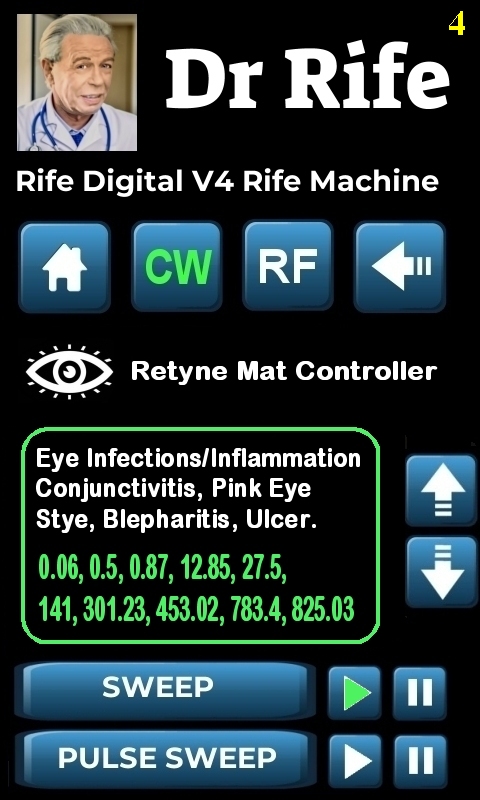
Click here for instructions on using the Retyne Mask + Controller
